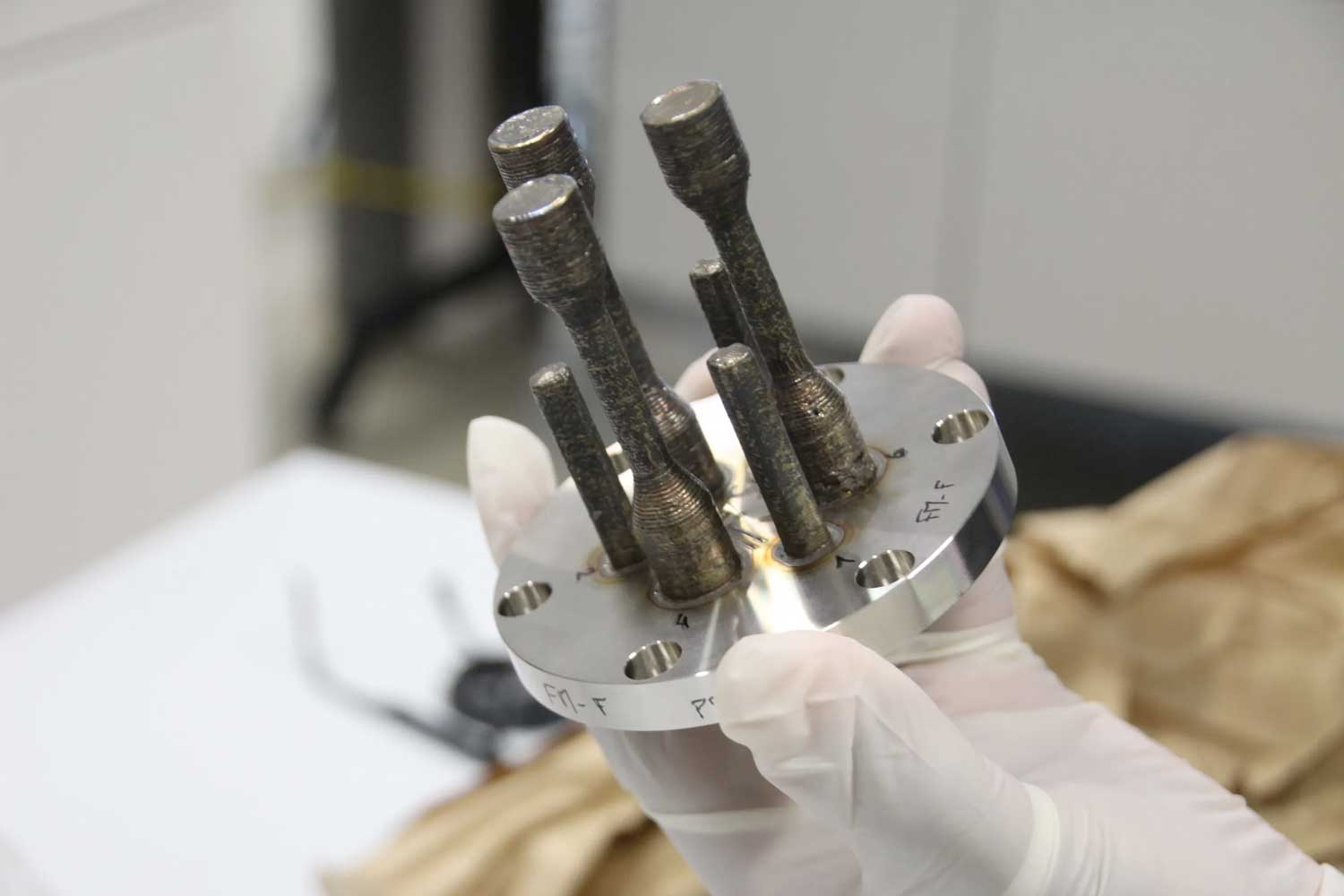Tests of a 3D metal printer, semiconductor manufacturing and thermal protection systems for re-entry into the Earth’s atmosphere are among the scientific investigations being launched by NASA and international partners as part of Northrop Grumman’s 20th commercial resupply mission to the International Space Station.
The focus is on 3D printing in space: an ESA (European Space Agency) project is testing the additive manufacturing process or 3D printing of small metal parts in microgravity.
“This investigation provides us with an initial understanding of how such a printer behaves in space,” said Rob Postema of ESA. “A 3D printer can create many shapes, and we plan to print specimens, first to understand how printing in space may differ from printing on Earth and second to see what types of shapes we can print with this technology. In addition, this activity helps show how crew members can work safely and efficiently with printing metal parts in space.”
Another key project is semiconductor manufacturing in microgravity. It is investigating how microgravity affects thin films that have a wide range of applications.
“The potential for producing films with superior surface structures and the broad range of applications from energy harvesting to advanced sensor technology are particularly groundbreaking,” said Alex Hayes of Redwire Space, which developed the technology. “This represents a significant leap in space manufacturing and could herald a new era of technological advancements with wide-reaching implications for both space exploration and terrestrial applications.”
In addition, the Kentucky Re-entry Probe Experiment-2 (KREPE-2) will be conducted to collect data on actual re-entry conditions.
“While this initial pilot program is designed to compare thin films produced on Earth and in space, the ultimate goal is to expand to producing a diverse range of production areas within the semiconductor field,” Hayes said.
“Building on the success of KREPE-1, we have improved the sensors to gather more measurements and improved the communication system to transmit more data,” said principal investigator Alexandre Martin at the University of Kentucky. “We have the opportunity to test several heat shields provided by NASA that have never been tested before, and another manufactured entirely at the University of Kentucky, also a first.”
In addition to these projects, a robotic surgery tech demo is also being tested to investigate the performance of a small, remote-controlled robot for surgical procedures. Furthermore, the cultivation of cartilage tissue in space is being researched in order to develop therapies against cartilage degeneration.
These missions illustrate the growing interest in the use of space for research and development, which is important for both space travel and terrestrial applications. They demonstrate the potential of microgravity for advances in science and technology and could contribute to improving life on Earth in the long term.
Subscribe to our Newsletter
3DPresso is a weekly newsletter that links to the most exciting global stories from the 3D printing and additive manufacturing industry.






















